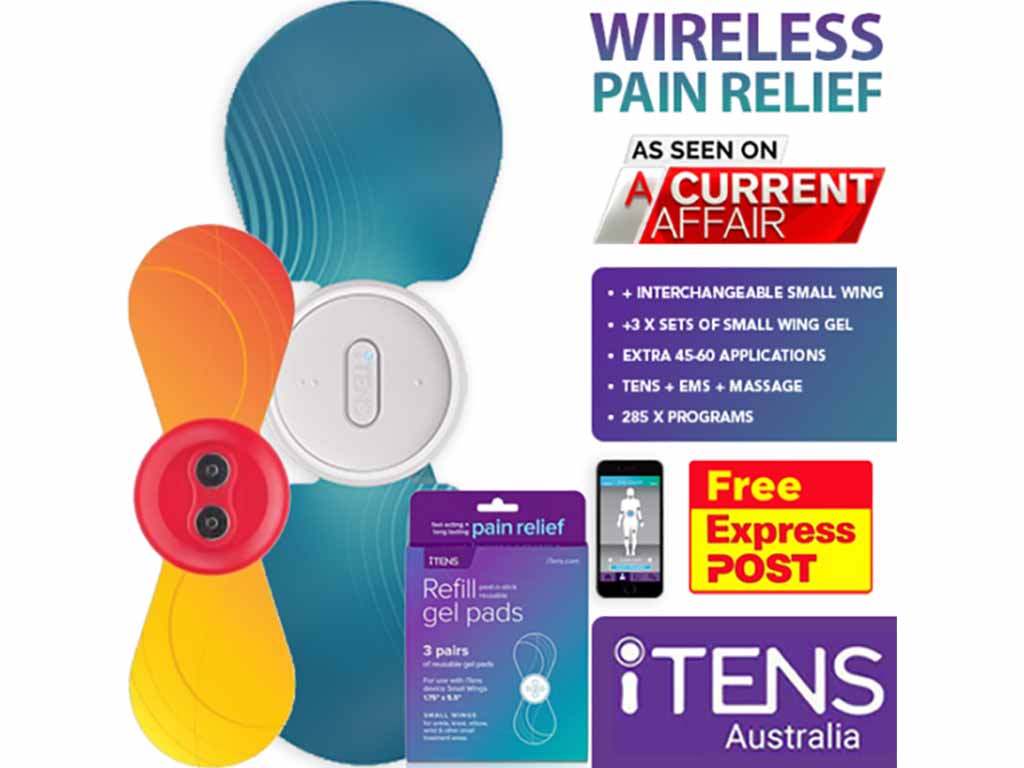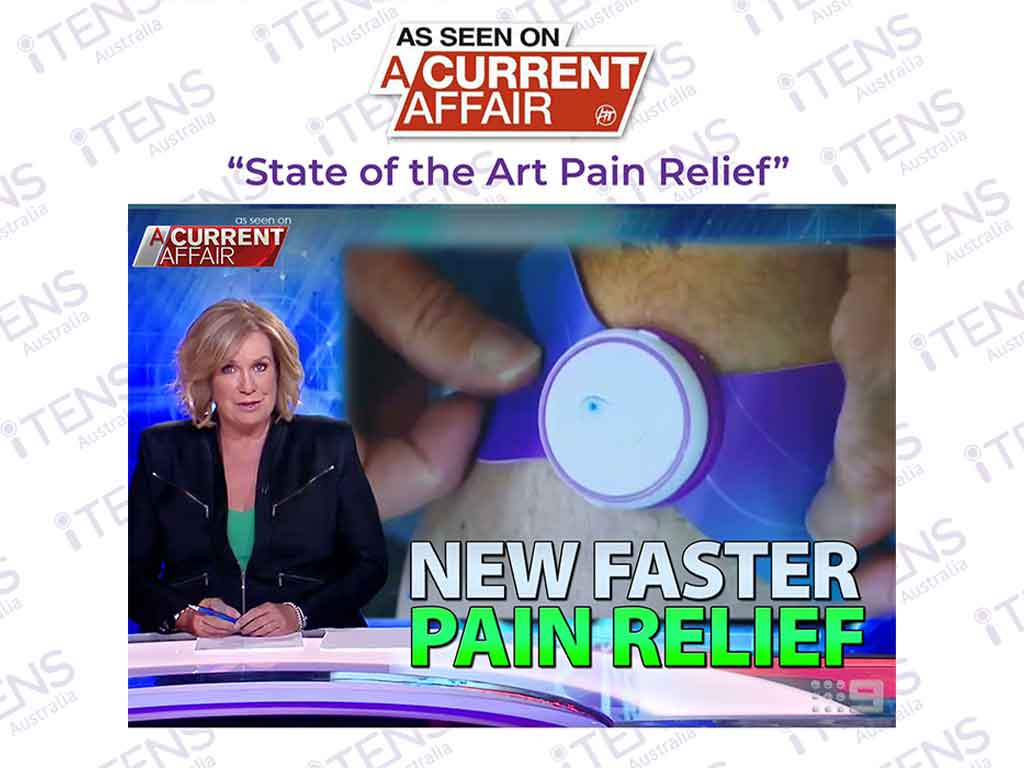
Muscle spasms are involuntary contractions that can occur in any muscle of the body. It is a common issue due to its many causes. Nevertheless, it can still cause discomfort and a lower quality of life. One treatment option for spasms is Transcutaneous Electrical Nerve Stimulation (TENS). Using TENS for muscle spasms is an effective method of pain relief. It can trigger the pain gate mechanism and the production of endorphins for analgesia.
There are many benefits to using TENS. It is non-invasive and easy to self-administer. This is why many use it to reduce their intake of pain medications. It has adjustable settings that allow the user to customise their sessions depending on their tolerance and comfort level. Moreover, TENS is an effective pain management method for acute and chronic pain conditions. This article will present what TENS is, how it works, and how to conduct it.
What is a TENS for Muscle Spasms?
Muscle spasms are involuntary muscle contractions that cause pain. Many experience them in various body parts, such as the back, arms, and legs. There are several causes and symptoms of this condition. In most cases, many use muscle relaxants or pain medication to alleviate their condition. Another option is TENS for muscle spasms. It is a small, battery-operated device that sends electrical impulses through electrodes.
TENS machines are often used in various medical settings, such as hospitals and pain clinics. Generally, there are two types of TENS machines: wired and wireless. Wired or handheld machines use lead cables to connect the electrodes to the main unit, which controls the output and supplies the power. There are single, dual, and quad-channel units available, depending on the needs of the individual.
Meanwhile, wireless units use Bluetooth to link the electrodes and the controller. Many prefer these for electrical nerve stimulation because they are convenient and have many advanced features. Some units allow the user to control the electrodes using a smartphone application. This enhances the portability and convenience of TENS, enabling the individual to ease muscle spasms whenever needed.
Causes and Symptoms of Muscle Spasms
These are some causes of muscle spasms:
- Improper or lack of stretching
- Muscle fatigue or overuse from high-intensity activities
- Dehydration or not drinking enough fluids
- Physical or mental stress
- Improper posture
- Sitting or standing for long periods
- Doing activities in hot conditions
- Electrotrolyte abnormalities from excessive fluid loss or chronic kidney disease
- Excessive intake of stimulants like caffeine
- Neuropathy from nerve damage
These are some symptoms people with muscle spasms may experience:
- Back, neck, or headaches
- Muscle weakness
- Numbness or tingling sensations
- Poor coordination and slow movements
- Difficulty sleeping
- Paralysis
- Problems with vision, like double vision

How a TENS for Muscle Spasms Works
A TENS for muscle spasms works by delivering low-voltage electrical currents to the sensory nerves. These can trigger the body into alleviating the pain naturally using the pain gate mechanism or endogenous opioid release. The user may customise their treatment by adjusting the frequency, intensity, and pulse-width settings of the electrical device for effective pain relief.
Using high-frequency stimulation (50-120 Hz) triggers the spinal nerve endings to block the transmission of pain signals from reaching the brain. This is the mechanism suggested in the Gate Control Theory of Pain. Many use this for acute pain conditions because it takes effect quickly. Furthermore, it can provide muscle pain relief by increasing blood flow to the target area and reducing muscle tension.
On the other hand, low-frequency stimulation (2-10 Hz) triggers the production of endogenous opioids, including endorphins. These hormones are natural painkillers that build up and result in a reduction in pain. This is ideal for chronic pain conditions because people can use it multiple times per day. In addition, the effects of the release of endorphins can last hours after the session.
Understanding Frequency and Intensity
TENS machines use electrical pulses to alleviate various types of pain. This includes muscle twitching and various body aches, such as knee pain, joint pain, and shoulder pain. However, understanding how the settings work is crucial for effectively using them.
The frequency refers to the rate at which the machine delivers the electrical impulses. Meanwhile, the intensity pertains to the strength of the pulses. To find the right balance, the user may safely experiment with these settings during their session. They may also consult a medical practitioner to ensure the safe use of the machine.

How to Conduct TENS for Muscle Spasms
Using a TENS for muscle spasms is a straightforward process. Nevertheless, taking precautions is essential to avoid risks of adverse effects. This is especially true for first-time users. They may improve their understanding by reading the instruction manual from the device manufacturer. Another tip is to wash the skin with soap and water before starting to ensure proper adhesion.
The user should place the electrode patches on the muscle areas near or on the origin of the pain. However, the user must be careful and avoid irritated or broken skin. They must also ensure the pads are linked to the controller. Afterwards, they may turn the unit on. It is ideal to start on low settings to prevent discomfort or electrical shocks, then gradually increase them or select a preset mode.
A session may last between 20 to 30 minutes, depending on the severity of the condition. The individual may also refer to advice from a healthcare professional regarding their TENS therapy session. Nevertheless, the user must stop the machine after the prescribed time. Finally, they may remove the electrode patches.
Are There Risks of Adverse Effects?
TENS therapy is safe for many people to use. However, as with most medical treatments, there are risks of side effects. Some people may experience allergic reactions due to the materials in the adhesive or the pad itself. To avoid this, they may use hypoallergenic pads compatible with their device.
Another possible side effect is skin irritation. This may occur from overuse of the unit or excessively high-intensity settings. The user must remember to take at least a 20-minute break in between sessions to avoid this. Lastly, some may also experience muscle twitching. Generally, these are not painful and fade after the session.
Conclusion
Using TENS for muscle spasms is an effective method that can help patients alleviate their discomfort and pain. TENS machines send low-voltage electric currents to the body and trigger mechanisms that cause a reduction in pain. Using high-frequency stimulation can trigger the pain gate mechanism. Meanwhile, low-frequency stimulation induces endorphin production. It can also reduce inflammation and muscle tension, which can decrease the occurrence of spasms.
People may use personal TENS devices in various locations without medical supervision. It is easy to operate and can provide relief quickly. People may choose from wired or wireless units available online or in pharmacies. One prospect is the iTENS from iTENS Australia. Nevertheless, it is helpful to consult a medical professional before using any electrotherapy device. They can advise on how to safely use the machine and prevent adverse effects due to misuse.




















